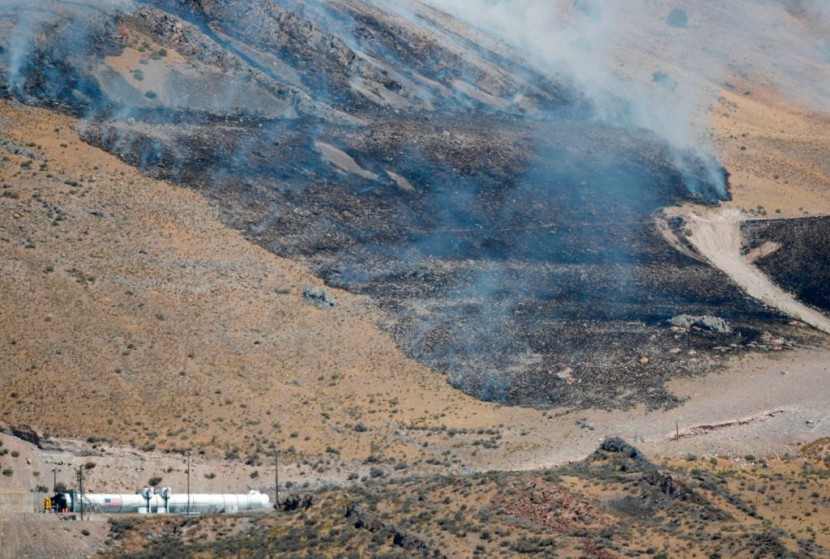
A group of scientists from the Polytechnic University of Milan, the European Space Agency, the Italian Space Agency, and space systems corporation OHB are developing a two-step process that would allow astronauts access to water and oxygen while on the moon.
The team's research, which will be presented online at the Europlanet Science Congress (EPSC) 2021, will use an existing technique employed in terrestrial applications.
They will also make use of the minerals found in approximately 50 percent of the soil in all areas on the moon. These minerals include silicon dioxide and iron oxide, which are composed mostly of oxygen.
What is involved in the two-step process?
The consortium of scientists kicked off their experiment by vaporizing the soil simulant in the presence of hydrogen and methane, according to News Atlas. After which, they washed it with hydrogen gas.
A furnace was also heated to temperatures of around 1000 Celcius to turn the minerals from solid to a gas without passing through a molten phase. A catalytic converter and a condenser are also used to separate the water from gases produced and the residual methane.
Following this process, they can then extract oxygen through electrolysis. And the by-products of methane and hydrogen are also recycled in the system.
To ensure the accuracy of the process and prepare the technology needed for the flight test, experiments to determine the temperature of the furnace, the length and frequency of the washing phases, the ratio of the gases, and the mass of soil are recorded.
Results show that yield is maximized by processing the soil stimulant in small batches and at high temperatures.
"The capability of having efficient water and oxygen production facilities on site is fundamental for human exploration and to run high quality science directly on the moon," said Professor Michele Lavagna of the Polytechnic University of Milan via Euro Planet Society.
Lavagna adds that these laboratory experiments have deepened their understanding of each step in the process. It is not the end of the story, but it is a good starting point for the study.
NASA's SOFIA confirms existence of water on the moon
Last year, NASA's Stratospheric Observatory for Infrared Astronomy (SOFIA) was the first to confirm the existence of water in the sunlit surface of the moon.
More specifically, SOFIA found water molecules H2O in the Clavius Crater, one of the biggest craters visible from Earth.
Paul Hertz, director of the Astrophysics Division in the Science Mission Directorate, states that they found indications that water may be present on the moon's sunlit side via NASA's website.
This discovery challenges the present understanding of the moon's surface and raises intriguing questions about resources relevant for deep space research, Hertz adds.
Prior to SOFIA's observation, a graduate student from the University of Hawaii at Manoa in Honolulu said that she was aware that there was some kind of hydration on some parts of the moon.
Casey Honniball, the lead author, said that before the SOFIA observations, they noticed some kind of hydration but could not know if it was actually water molecules.
Related Article: China Successfully Launches First Astronauts For Space Station Construction After Being Banned From ISS
© 2026 HNGN, All rights reserved. Do not reproduce without permission.








